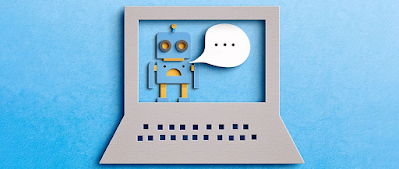With its most recent viral application of artificial intelligence, OpenAI is once again making headlines. But what exactly is ChatGPT and how does it function?
There has been a global fear of artificial intelligence (AI) and its impending takeover—who knew it would begin in the literary and artistic fields? Thanks to ChatGPT, a chatbot made with the company's technology GPT-3, OpenAI is back in everyone's social media feeds after dominating the internet for months with its AI image generator Dall-E 2. GPT-3 is actually the most well-known AI model for language processing on the internet, despite having a name that isn't particularly catchy and could easily be the title of a random computer component or a vague legal reference.
Therefore, what exactly is GPT-3 and how does ChatGPT use it? What is an AI model for language processing and what does it do? The following contains all pertinent information regarding OpenAI's most recent viral phenomenon.
What is GPT-3 and ChatGPT?
The cutting-edge language processing AI model known as GPT-3 (Generative Pretrained Transformer 3) was developed by OpenAI. It can be used for a lot of things, like translating languages, modeling languages, and making text for chatbots.It can also generate human-like text. With 175 billion parameters, he is on
e of the largest and most powerful AI models for speech processing ever. Its most common use today is creating ChatGPT, a feature-rich chatbot. As previously stated, we asked the GPT-3 chatbot to write its own description to assist you in comprehending its most fundamental features. It's probably very well written, and perfectly accurate, if not slightly boastful. To put it bluntly, GPT-3 allows users to provide various verbal prompts to trained AI. These may take the form of questions, requests for text on selected topics, or other requests containing specific words.
What can it do?
GPT-3's 175 billion parameters make it difficult to pinpoint its functions. As you might expect, the model only works with language. Instead of producing video, sound, or images like its brother Dall-E 2, it has a thorough comprehension of spoken and written language.
Because of this, it can do pretty much anything, from writing poems about sentient farts and cliche rom-coms set in other universes to explaining quantum mechanics to writing full-length research papers and articles.













0 Comments